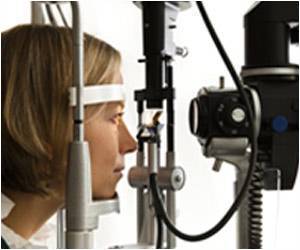A new study says that some birds are able to identify their human friends by recognizing their faces and voices, which is the key to their ability to survive.

The team trained a group of pigeons to recognise the difference between photographs of familiar and unfamiliar objects, the journal Avian Biology Research reported.
These experimental pigeons, along with a group of untrained counterparts, were then shown photographs of pairs of human faces. One face was of a person familiar to the birds whilst the other was of someone they had not seen before, said a university statement.
The first group was able to recognise and classify familiar people using only their faces, whereas the birds without prior training failed. The results show that pigeons can discriminate between the familiar and unfamiliar people and can do this on solely using facial characteristics.
Lincoln's lead researcher Anna Wilkinson, from its the School of Life Sciences, said: "Such advanced cognitive processes have rarely been observed in pigeons and suggest that they not only recognise individual humans but also know who they know -- something which could be very important for survival."
In a separate study, the team investigated the ability of carrion crows to differentiate between the voices and calls of familiar and unfamiliar humans and jackdaws, or 'heterospecific individuals' or those outside of their own species, the journal Animal Cognition reported.
Advertisement
The crows responded significantly more often to unfamiliar than familiar human voices and, conversely, responded more to familiar than unfamiliar jackdaw calls.
Advertisement
Source-IANS










